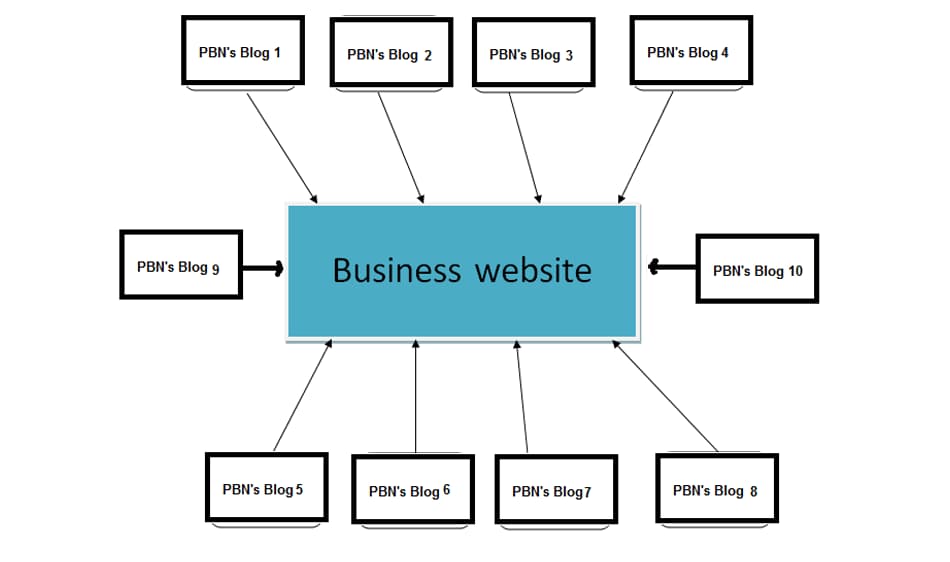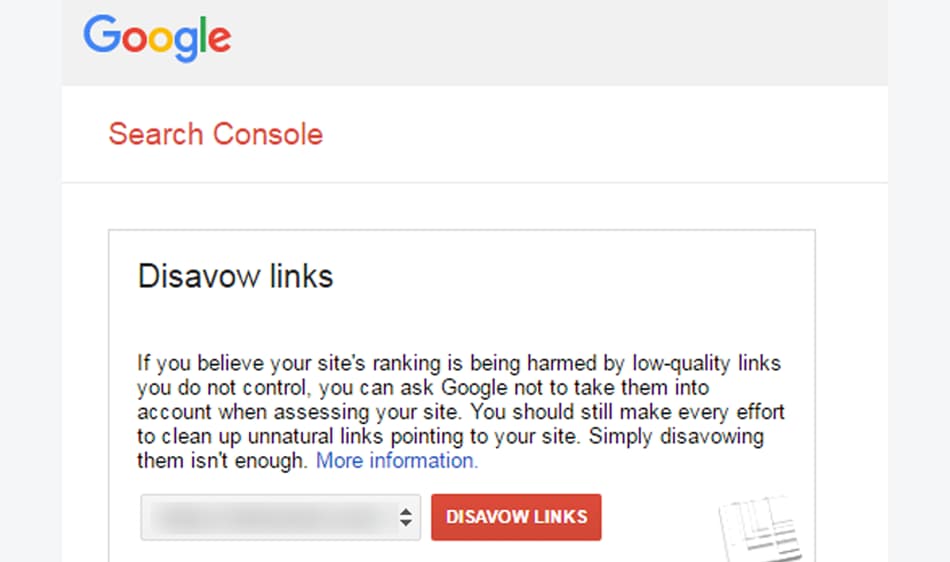I often get asked whether PBN backlinks are bad and how much impact they can have on a websites backlink profile.
Backlinks, along with your content, are two of the key factors when it comes to ranking your web pages in Google.
In this article, we will talk specifically about PBN backlinks and whether they are a bad thing as a part of your link building strategy.
What are PBN backlinks?
- What are PBN backlinks?
- Do PBNs still work in 2021?
- Why do people buy PBN backlinks?
- Should you remove toxic backlinks?
- How do I know if my backlinks are toxic?
- Should you invest in PBN backlinks?
- Conclusion
Private Blog Networks are hyperlinks constructed from a network of connected sites and blogs.

PBN links are essentially unnatural links that are coming from websites (or link farms) designed only for the sole purpose of linking to other sites.
You can often spot a PBN very easily and it is important to be aware of what to look out for when building backlinks.
In terms of how to identify a PBN, the telltale signs are often as follows:
- No contact information
- Blog content covering a broad range of topics
- No identity or photos of people on the website
- A disproportionate ratio of outgoing links compared to incoming links
Using PBN’s as a primary link building tactic is something that is frowned upon and the discussion as to whether PBN backlinks are good or bad continues.
Do PBNs still work in 2021?
When it comes to PBN link building, I often get asked whether it still works as an effective SEO strategy.
Generally, PBN link building refers to the spammy methodology of building links from websites where their sole purpose is to build links. This is of course something that you need to avoid if this is all you are relying on to rank in Google.
PBN’s can also be very expensive to build and manage. It can take years to build up a network of sites that have authority and can pass relevance from one site to the next.
Google’s algorithm is far more sophisticated than it was 10 years ago and there are so many more factors that go into ranking a website. Badly built PBN’s linking directly to your money site is a penalty waiting to happen.
Why do people buy PBN backlinks?
When people buy PBN links, they often do so unknowingly. Websites that are just starting out in SEO or beginners can also fall for this type of scam because it’s hard to know any better when you’re new to the industry.
You may also see some immediate improvements when building PBN links just for the fact that they are often sites with a lot of authority. However, this is often temporary and a ticking time bomb in terms of the long term impact it can have on your website.
Understanding a backlink is complex and people often do not carry out their due diligence when analysing a link’s quality.
Should you remove toxic backlinks?
According to Google, you should only remove backlinks if there is a considerable amount of them and you believe they are harming your website. If you can’t remove the links yourself, or get them removed then it’s best to disavow the links from the relevant URL’s. But you should only consider a disavow if you believe the links are harming your site’s rankings.

Does Google ignore toxic backlinks?
Google assesses which links to trust without additional guidance, so most sites will not need to resort to backlink disavowals. You should only use this tool if your site has a considerable number of spammy or artificial inbound links pointing at it or you believe your site may be hit with a penalty as a result.
Toxic links from unnatural or spammy sources can hurt your site’s search engine rankings, and if Google notices that the number of these links on a website is high it will exclude them from their database. You should ensure to evaluate your link building strategy to make sure the links you are building are coming from genuine relevant sites.
How do I know if my backlinks are toxic?
There are a number of ways in which you can analyse whether the backlinks within your websites link profile are toxic or not. Some of the main things to look out for include:
- A sudden drop in website traffic.
- You have received a warning in Google Search Console relating to a manual warning.
- Checking links one by one and analysing the quality of the page.
- Check if the link is relevant to what it is you are offering with your website.
- Analysing your links using SEO tools.
- Checking ratio of inbound to outbound links. You can often spot a PBN backlink by the number of outbound links it has compared to inbound.
Most toxic and PBN links come from websites where their sole purpose is to build links.
The content is often poorly written and they will tend to link out to many other websites whilst not having many links coming to the website.
Should you invest in PBN backlinks?
Whilst PBN backlinks can sometimes provide results in the short term for ranking improvements, as a long term strategy it is not something we would advise.
There are so many other ways in which you can build genuine links from sites that are getting real traffic. You can build links on other relevant sites within your industry which will be read by people that may not be aware of your business.
A well-placed link within a quality piece of content can be more valuable as a pose to just building links with the sole purpose of increasing the authority of your website.
When I get asked “are PBN links bad”, my response is that you should not be focusing on one strategy to help increase the visibility of your website.
Conclusion
To summarise, PBN links are not necessarily a bad thing if you are building directly from a website that is relevant and looks fairly natural.
However, to rely on this as your only link building strategy is something that you need to avoid and having a more rounded approach to your SEO will benefit you far more in the long term.



